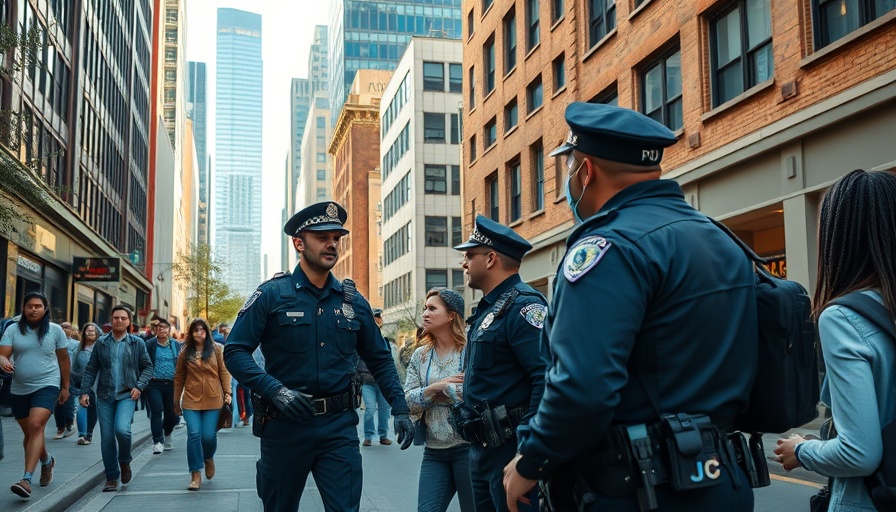
Understanding the Rise of Rioting Culture
The phenomenon of rioting, particularly amid civil unrest and protests, has increasingly garnered attention in the public safety discourse. Recent events related to anti-ICE protests have highlighted a disturbing trend where rioting appears to be motivated not solely by social or political dissatisfaction but also by a desire for fun or profit. This raises significant questions about the motivations behind such actions and the societal implications of a culture of disorder.
Protesting or Participating in Disorder?
Inspired by Edward Banfield’s work, the current atmosphere suggests a blending of legitimate protest with opportunistic rioting. For law enforcement, distinguishing between organized movements advocating for social justice and individuals spiraling into chaos for personal gain is crucial. This differentiation influences how police departments structure their strategies for community policing and crisis intervention.
The Role of Community Policing in Modern Protests
Community policing strategies have emerged as vital tools in addressing the complexities of contemporary protests. Building police-community trust can mitigate the repercussions of potential riots. By fostering genuine relationships with community members, law enforcement can create an environment where individuals feel heard, reducing the likelihood of violence. Initiatives focusing on procedural justice encourage officers to engage communities respectfully, aiming to cultivate long-term safety and public confidence in policing.
Technological Innovations and Public Safety
As the landscape of protests evolves, so too must the tools utilized by law enforcement. The implementation of body camera footage and advanced public safety data analysis strategies provides transparency, potentially reducing escalations during crises. Leveraging technology for officer wellness and traffic safety initiatives enhances the ability of police forces to address protests constructively while maintaining public order.
Recruitment Innovations: Shaping Future Policing
To prepare for future challenges, police departments are exploring innovative recruitment strategies aimed at attracting officers who are adept in procedural justice and crisis intervention techniques. This approach seeks to build a workforce skilled at navigating the complexities of modern societal issues while maintaining high standards of accountability and ethical conduct.
The Implications of Policy on Civil Order
Ultimately, the decisions made at the policy level—from consent decrees to crisis management frameworks—have far-reaching implications for how communities experience law enforcement. Policymakers must recognize the dynamic interplay between legislation, community engagement, and public safety. By creating an environment where constructive dialogue flourishes, the potential for violence may be significantly reduced.
As we reflect on the implications of these recent protests, it becomes paramount for police departments, government policymakers, and community members to engage in discussions that prioritize safety and accountability. By fostering understanding across all sectors of society, we can work towards a policing model that not only deters violence but also promotes the wellbeing of all citizens. For further insights into this evolving topic, consider participating in local town halls or forums discussing community safety and police reform initiatives.
 Add Row
Add Row  Add
Add 

 Add Element
Add Element  Add Row
Add Row 




Write A Comment